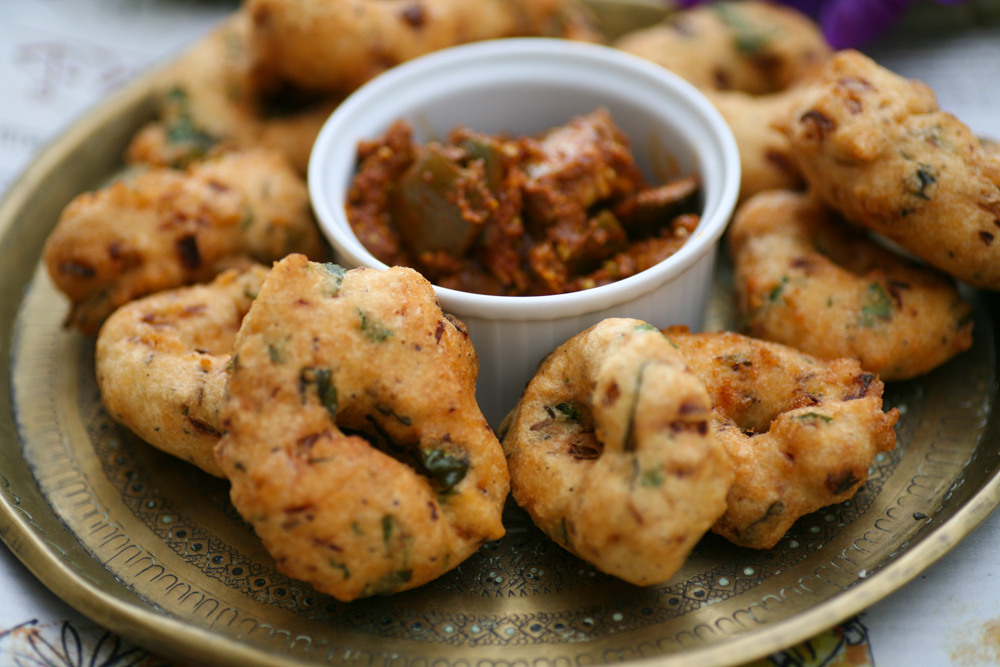I feel it’s been a while since I posted any Indian recipes. That is not to say I’ve not been cooking any Indian food at home. For those who have been following me for a while, or have read my bio, will know my husband is Indian so cooking Indian food is part of our regular diet – but some of the recipes I’ve been cooking are already on my blog. These are always family favourites that I have been cooking:
Dals – Bengali red split lentil dal, channa dal, toor dal
Curries – Bengali chicken, speedy salmon, Bengali prawn, Laal Maas (when I want a seriously hot one!) or Chettinad Chicken,
Sri Lankan tuna curry, mild cod curry
Vegetarian curries – cauliflower with fenugreek, ginger and turmeric okra, chickpea curry, butternut squash and lemongrass (more Asian influenced than Indian, but a great recipe)
Not so long I was contacted by a Elana Sztokman, an anthropologist and award-winning writer specialising in women from traditional societies. She has written an Indian cookbook, which tells the inspiring story of a group of sixteen Indian women from the Kalwa slum in Mumbai, changing their communities through food and love. The slum is home to over 200,000 people where clean water and electricity are hard to find. These harsh conditions often prevent children going to school, with many being sent out to work to make a few rupees so that they will have something to eat.
These women are changing all this by making sure the children eat and learn, and consequently changing their otherwise inevitable destiny. Each morning the women rise early to prepare a host of delicious, nutritious vegetarian food for the children. In one year alone they cook 257,400 meals. They deliver the food to the Love2Learn school, run by the the NGO Gabriel Project Mumbai, where the children know that if they show up to learn, they will eat. It’s a win win. The children learn, have nutritious food and thus begin to end the cycle of poverty they are trapped in. The women feel inspired and thrive and thus the children and communities thrive around them.
The book that Elana has sent to me – ‘Masala Mamas’ incorporates recipes and stories from all these Indian women. It’s a joy to read, hearing about the rural villages the women have originally come from and how they came to the sprawling metropolis of Mumbai in the hope of giving their children an education, which most of them lacked. The group has provided kinship, connections and a purpose, which is motivating them every day. All the proceeds from the sale of the cookbook go directly to the women of the Masala Mamas cooperative. You can order a copy for yourself here.
I thought it would be interesting for you to see a typical menu for the children:
On Mondays the children eat poha – rice flakes with vegetables.
On Tuesdays – dal khichdi – lentil and rice stew.
On Wednesdays – chana dal – black bean curry.
On Thursdays – veg pulav – a pilaf made with mixed vegetables.
On Fridays – soya pulav – a stew made from soya chunks, an affordable and simple source of protein.
And on Saturdays, as a special treat, the children eat sheet – a kind of sweet semolina pudding that they particularly love.
And for special occasions and holidays, the women prepare special holiday fare like shankarpali and modaks.
After a lot of pondering on which recipe to show you I ended up gravitating towards the ‘Dill Stew’ or ‘Shepu Bhaju’ by Jayshree Chavdry. It’s basically a dal, and you know how much I adore dals and could quite happily eat a different one every day. I also liked the fact that it contained dill, a herb that I do not usually associate with Indian food. It’s also super straightforward, requires no unfamiliar ingredients and is perfect for a light meal on a summers day. The result – it tasted really really good and I will now be including it in my Indian culinary arsenal for sure. Give it a go and if you are on instagram, don’t forget to tag me #chilliandmint so that I can see how you got on.
Dill Stew
1 cup/240ml yellow moong dahl (lentils)
1 tbsp/15ml oil
1 tsp/5ml mustard seeds
1/2 (half) tsp/2.5ml cumin seeds
1 medium onion, finely chopped
3 small green chillies, finely chopped
1 tsp/5ml turmeric powder
2 cups/1/2 litre water
1 cup/240ml finely chopped dill
3 cloves garlic, crushed
salt to taste
- Soak the dahl in water for 20-30 minutes. Then rinse well.
- Heat the oil in a pan on a medium heat and add the mustard seeds. They will begin to crackle almost immediately. Add the cumin seeds followed by the onions. Mix well and let them cook for 2 minutes before adding the chillies and cooking for a further 2 minutes.
- Drain and rinse the presoaked moong dal and add to the pan along with the turmeric powder. Add the water and mix well together. Cover and allow the dal to cook for 10-15 minutes or until it is fully cooked and softened. Be careful not to burn the dal and add more water if necessary.
- Add the dill, garlic and salt to taste. Cook covered for another 5-10 minutes
- Serve hot with rice or puris/lunchi or simple in a bowl on its own. Divine.
If you are making it earlier in the day to eat later you may find you need to add a little water when reheating it.











 I want to introduce you to a new kid in town that will seriously impress you.
I want to introduce you to a new kid in town that will seriously impress you.


































